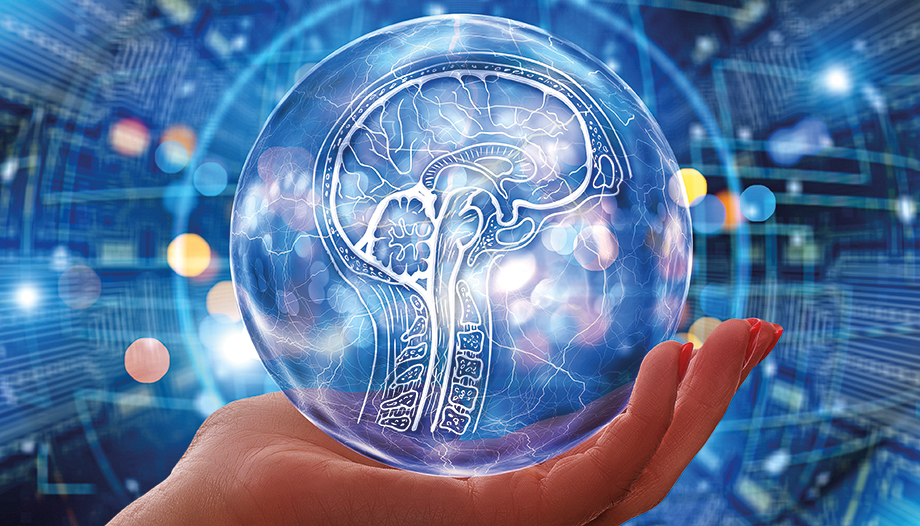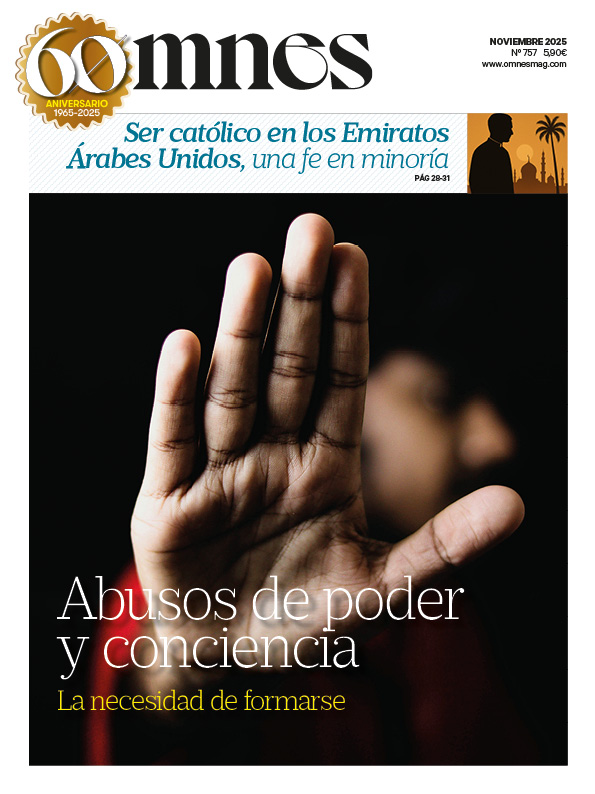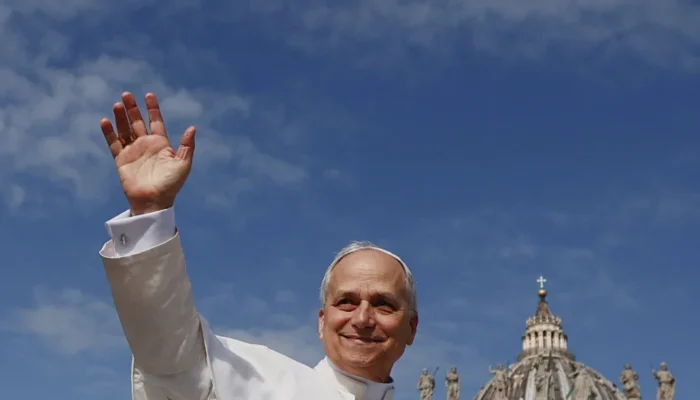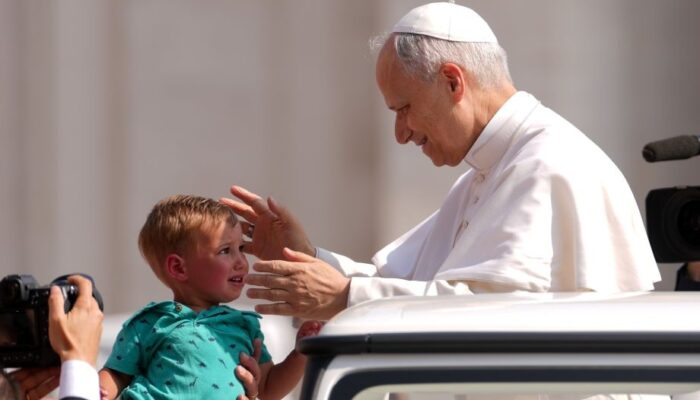Surprisingly, last December 16, the Pontifical Commission for Vatican City State - the body that exercises the legislative function within the Leonine Walls - issued a decree The first comprehensive guidelines for the use of the artificial intelligencel (IA) within the State.
The measure bears the signature of the President of the Governorate of Vatican City State, Cardinal Fernando Vérgez, and the Secretary General of the same body, Sister Raffaella Petrini, and came into force on January 1 of this year.
From its very first lines, the text, which is divided into 15 articles including final provisions, stands out on the international scene for its integrated vision combining technological innovation and fundamental ethical values. In fact, the principles that inspire the new guidelines aim to "enhance and promote an ethical and transparent use of artificial intelligence, in an anthropocentric and trusting dimension, with respect for human dignity and the common good" (art. 1).
Human autonomy
The decree thus recognizes AI as a tool at the service of humanity, and not as a substitute for it. It is no coincidence that the need to preserve human autonomy and decision-making power is reiterated in several articles, setting clear ethical limits for the application of modern technologies. A particularly significant aspect, for example, is the explicit prohibition of using AI to make discriminatory inferences or for manipulations that may cause physical or psychological harm to people.
At the same time, it prohibits "subliminal manipulation techniques", systems that could compromise the security of the State, but also those with purposes "contrary to the mission of the Supreme Pontiff, to the integrity of the Catholic Church and to the correct development of institutional activities" (art. 4).
Health, cultural heritage and copyright
Another significant aspect of the document is that it divides the various general principles "thematically," demonstrating a broad and deep understanding of the challenges posed by AI in different sectors. For example, in the field of scientific research and health (Art. 6), the decree promotes technological innovation while maintaining the principle of the supremacy of human medical judgment. In the field of cultural heritage (Art. 8), the provisions aim to harness the potential of AI for the conservation and enhancement of artistic heritage, while establishing strict safeguards to protect its integrity, without excluding the possibility of economic exploitation.
Particularly innovative is the approach to intellectual property and copyright (Art. 7). The guidelines introduce the obligation to identify all artificially generated content with the acronym "AI", making a clear distinction between human and artificial creation. This rule represents an important precedent in the debate on transparency and attribution of AI-generated works. Paragraph 3 states that, even in the case of AI-generated media content, the government retains "exclusively" the "copyright" and "economic use."
Administration, labor and justice
With regard to administrative procedures (art. 10), it highlights the possibility of using modern tools to simplify and streamline procedures, raise performance levels, improve competencies, etc., provided that this is done in an ethical, transparent, inexpensive and effective manner, it being understood that the only person responsible for the measures and procedures remains "the person" who carries them out.
As for human resources (art. 11), it is also stipulated that artificial intelligence models can be used to "improve safety conditions in the workplace and protect the health of workers"; even in this case, the use of technology "must not limit the decision-making power of the subjects". The same applies to the judiciary (art. 12), where decisions on the interpretation of laws are reserved "exclusively to the magistrate" and AI systems can only be used to organize and simplify judicial work or jurisprudential research.
Control Commission
Finally, the Vatican decree provides for a special governance of AI, through a control system that is intended to be at the same time transparent. In fact, it provides for the creation of a "Commission on Artificial Intelligence" (art. 14), composed of five members and chaired by the Secretary General of the Governatorato, which will have the task of monitoring the implementation of AI technologies and assessing their impact through biannual reports. It will have to prepare the laws and regulations implementing the Decree, within the next twelve months.
The international context
In the international context, the Vatican measure is part of a rapidly evolving regulatory landscape. Not surprisingly, the European Union adopted its AI Act a few months ago, destined to become the world's first global regulatory framework on the subject. The United States has opted for a more fragmented approach, with presidential directives establishing general principles while leaving ample room for industry self-regulation. China has implemented a system of regulations with an emphasis on national security and content control, while the United Kingdom has opted for a more flexible approach based on non-binding guidelines.
Hence, unlike other jurisdictions, where technical or commercial considerations prevail, the Vatican has decided to place ethics and human dignity at the center of regulation, without sparing, in some areas, some innovative solutions, such as the protection of the cultural and artistic heritage of the Holy See.


